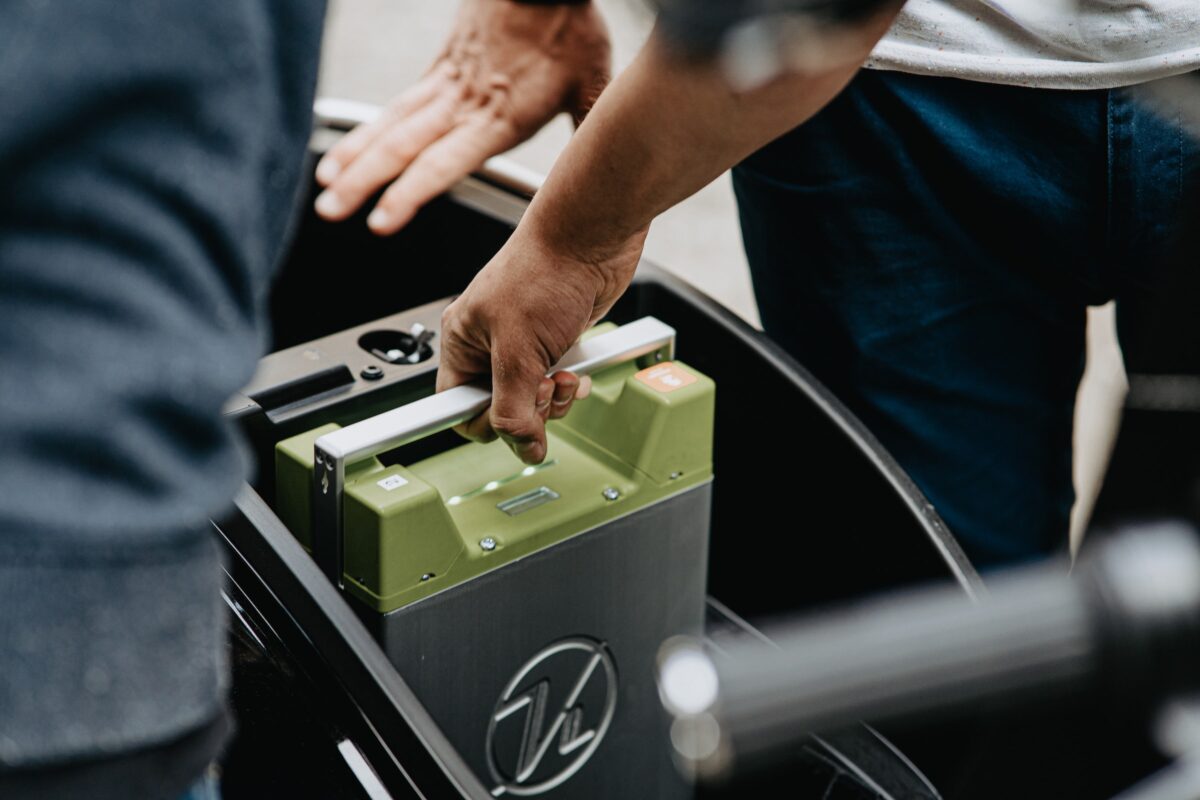Good for Bosch but for eight years a Canadian company has built one called Crashlight into their EatSleepRIDE app!
Bosch is doing a great deal about a new technology called “Help Connect” which says it will call emergency services if a motorcyclist has a collision or a speed drop. In fact, the German “digital guardian angel” is a smartphone application that takes advantage of the fact that many modern motorcycles have something called an inertial measuring unit.
An IMU can measure yaw, roll, and acceleration on all three axes, using the traction control and the ABS systems to prevent wheel spin or lock-up while the motorcycle is leaned over. That makes them ready for you to realize that you were in an accident.
Indeed, because of that IMU, Help Connect can tell the difference between slipping over at a standstill and suffering the same speed mishap. The software is actively tracking the IMU, and the phone contacts Bosch’s emergency service when it detects a contretemps. Otherwise, as in GM’s OnStar, support is sent depending on the phone’s GPS coordinates.
The only problem with the big news splashing around motorcycle feeds is that there is nothing new about this emergency service. For some eight years now, EatSleepRIDE, a Canadian-produced app, has been offering a ‘Crashlight’ option. And instead of depending on a sophisticated technology that is exclusive to higher-echelon bikes, the ESR device is integrated into the software, utilizing the built-in GPS signal and accelerometer / gyroscope from the machine.
The latest update now uses the crowd-sourcing function of the app in its seventh generation — subscribers send their crash data — to better recognize when to activate. And when it detects a crash, Crashlight will send notifications to at least 3 contacts via email, SMS and a landline. EatSleepRIDE is now the most common motorcycle app in the world, by the plurality of accounts. The company’s CEO, Marina Mann, notes that it currently has subscribers in 138 countries.
Best of all, other master student engineers at the University of Toronto constructed the whole device. Move ahead Canucks!




